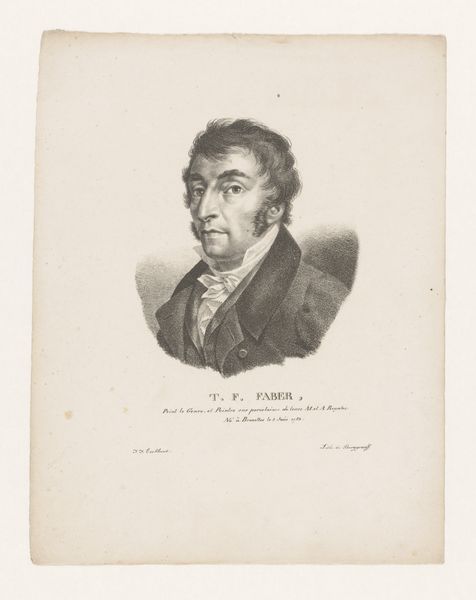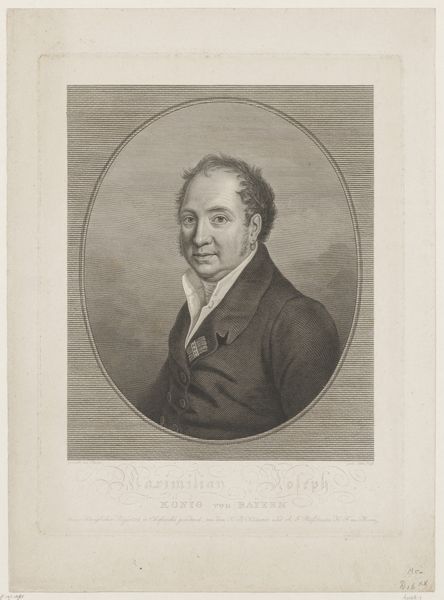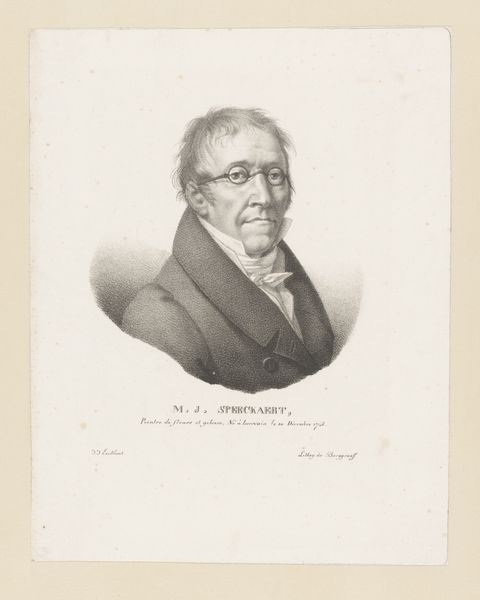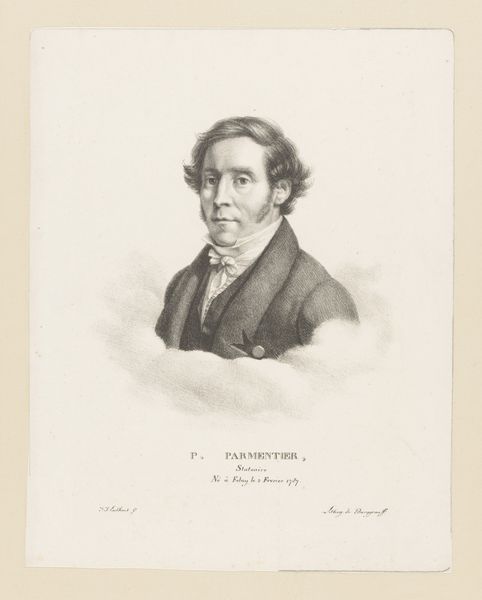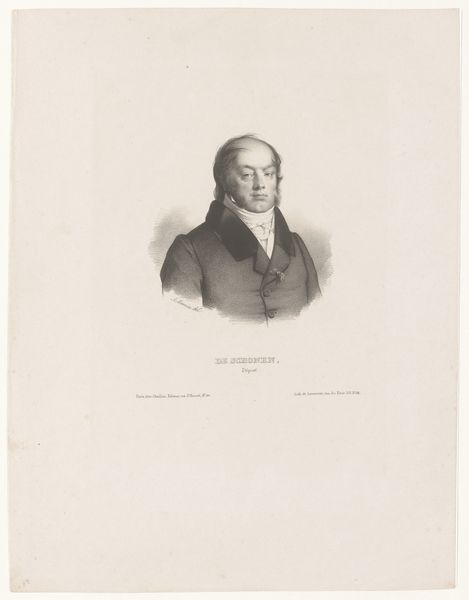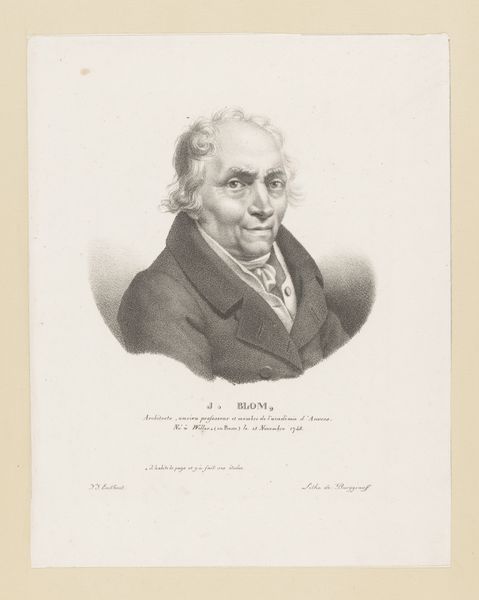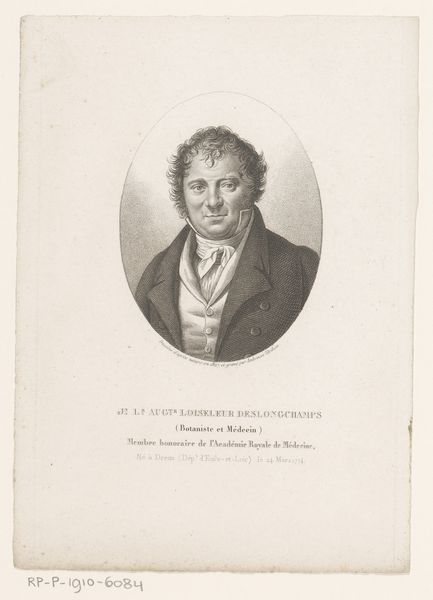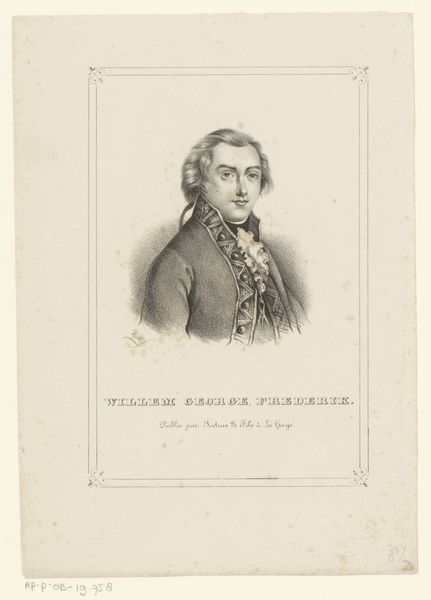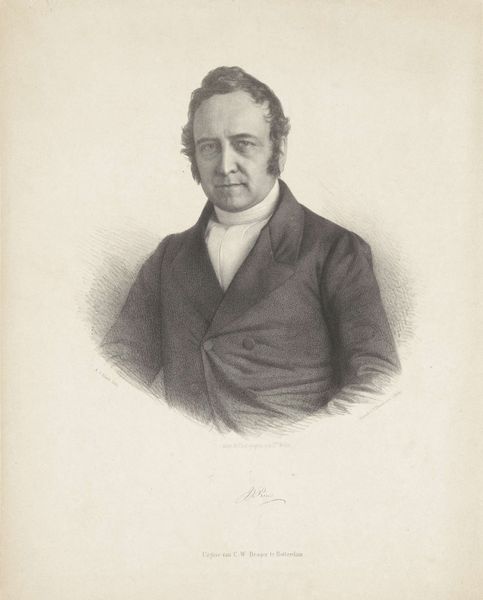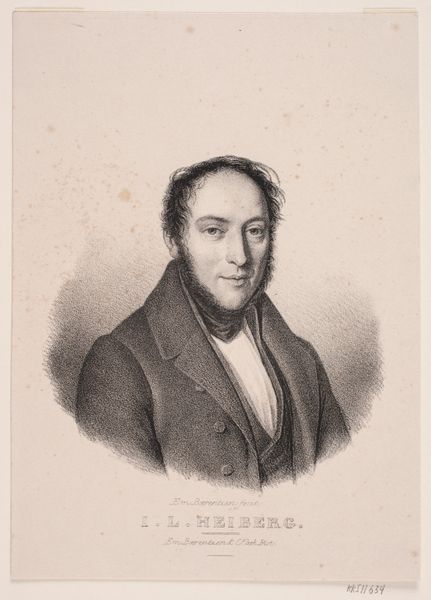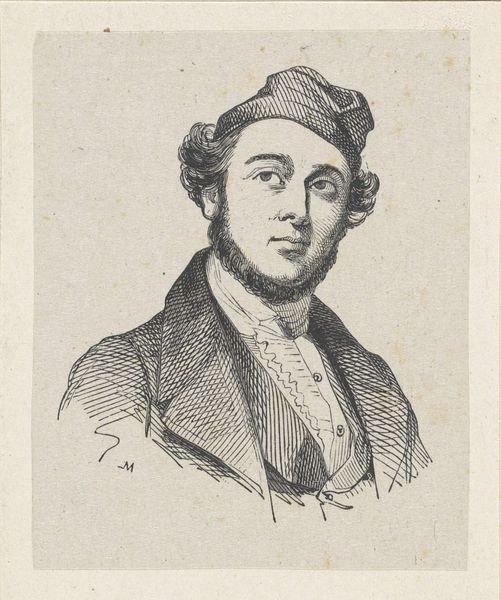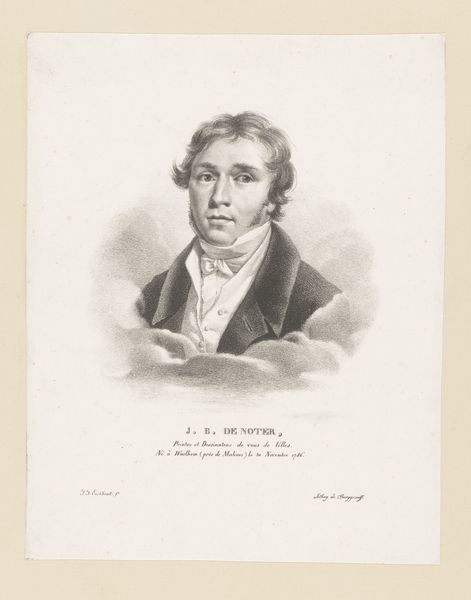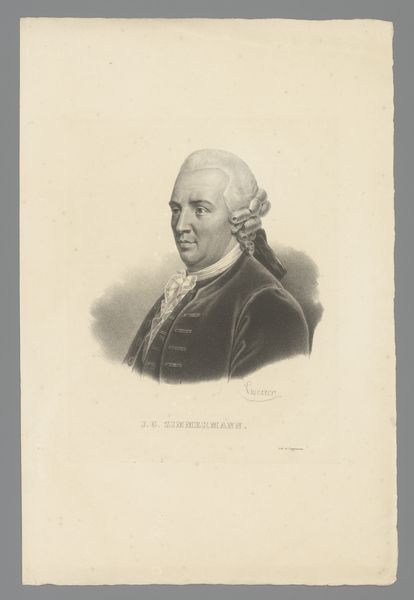
print, engraving
#
portrait
#
neoclassicism
# print
#
engraving
Dimensions: height 304 mm, width 237 mm
Copyright: Rijks Museum: Open Domain
Editor: Here we have "Portret van Maximilien Lambert Gelissen," an engraving from 1822 by Guillaume Philidor Van den Burggraaff. It’s fascinating to see the detail achieved through this method. What stands out to me is how the texture of the paper interacts with the engraved lines. What do you see in this piece from your perspective? Curator: I see the convergence of artistry and industrial process. Engraving, at this time, represents a specific mode of production—labor intensive, yet replicable. It isn't simply about the final image, but about the engraver’s skill in manipulating materials, the tools they use, and the societal value placed on such craftsmanship. What kind of labour does producing the print entail, and what kind of circulation does it support? Editor: That's interesting! So, instead of solely focusing on Gelissen, the subject, we're looking at the artistic labor and the means of producing this image. Are you suggesting the choice of engraving itself carries meaning? Curator: Absolutely. Engraving allowed for wider distribution of images, transforming art into a commodity. It made portraits accessible to a broader audience, not just the wealthy who could afford painted portraits. Consider the social context – who was buying these prints, and what purpose did they serve in 19th-century society? Editor: So it's not just about the *who* is depicted, but *how* and *for whom*. I never really considered the economic and social implications of printmaking in that way. Curator: Precisely. The materiality of the print—the paper, the ink, the engraved lines—all speak to a system of production and consumption. Looking closely at the medium can reveal so much about the artwork's purpose beyond pure aesthetics. Editor: I appreciate how you’ve reframed my view, from a portrait to a piece of material culture. Thank you! Curator: My pleasure. Thinking about art through the lens of production can offer completely different, richer, understandings.
Comments
No comments
Be the first to comment and join the conversation on the ultimate creative platform.
